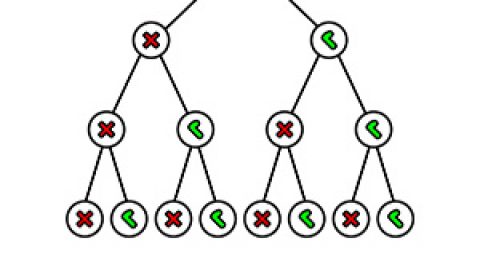Dialogue in fiction is more than just characters conversing. It’s a window into their souls, a mechanism to drive the plot, and a tool for engagement. One of the critical differentiators between narrative and dialogue is their inherent nature and purpose.
The narrative, often considered the backbone of a story, lays out the setting, provides exposition, delves into a character’s innermost thoughts, or pushes the storyline forward. Its tone is usually more formal, flowing with descriptive and reflective undertones. It’s the author’s voice, guiding readers through the literary world they’ve crafted.
In contrast, dialogue is where characters come alive. It’s a medium through which they express their emotions, beliefs, plans, and reactions. The tone here should be conversational, peppered with the natural ebbs and flows of real-life conversation. Think about the last time you had a chat with someone—chances are, you used contractions, sprinkled in some slang, or left sentences unfinished in the rhythm of the discussion. That’s the essence of dialogue.
Crafting a genuine, engaging dialogue is an art. To make dialogue sound truly conversational, it’s vital to grasp the natural flow of speech. Characters shouldn’t sound as though they’re delivering prepared speeches unless the situation explicitly demands it. Interruptions, for instance, can infuse authenticity. Life isn’t scripted. We cut each other off, complete each other’s sentences, and sometimes, trail off into thoughtful silence. These elements, when portrayed in fiction, make characters relatable.
Exposition in dialogue is a double-edged sword. While it’s tempting to use dialogue to unveil critical plot points or explain background details, it’s essential to ensure that it doesn’t turn into an information dump. Nothing breaks the spell of immersion faster than characters explaining things they both should already know. The balance is the key.
Take Cormac McCarthy, for instance. His unique style, which forgoes the traditional use of quotation marks for dialogue, stands as a testament to breaking norms without compromising clarity. How does he achieve this?
The context is king in McCarthy’s works. The scenarios leading up to a dialogue exchange offer enough cues for readers to recognize an ensuing conversation. He also ensures each character maintains a unique voice, ensuring clarity despite the absence of punctuation. The sheriff, with his law-abiding principles and observations of a changing world, will possess a distinctive tone compared to a rogue drifter, bringing with him chaos and unpredictability. McCarthy also skillfully uses line breaks. When a new line of dialogue appears, it often starts on a new line, subtly hinting at a change in speakers. This meticulous construction enables readers to follow along, even without the traditional signposts.
Another essential element of dialogue is the distinct voice each character should have. This differentiation isn’t just about who they are but where they come from, what they’ve experienced, and how they perceive the world around them. Their vocabulary choices can unveil a lot. A professor would naturally have a different lexicon than a teenager. Their rhythm and pace of speech can also set them apart. An excitable character might speak in rapid, breathless spurts, while someone more introspective might favor longer, contemplative sentences.
Accents and dialects can be powerful differentiators. Regional dialects or accents not only add depth but also anchor characters to specific locales or backgrounds. Think of Mark Twain’s “The Adventures of Huckleberry Finn” and the array of distinct voices that populate its pages, painting a vivid picture of the American South.
Character quirks in speech patterns can also serve to make them more memorable. Perhaps a character always punctuates their statements with rhetorical questions. Maybe another has a habit of quoting literature or uses a particular phrase as a verbal tic. These idiosyncrasies make characters more human, more recognizable.
At its core, dialogue serves multiple purposes in fiction. It’s a device for character development. Through what they say (or don’t say), characters reveal their backgrounds, personalities, motivations, and relationships with other entities in the story. Dialogue often propels the plot. Many pivotal moments in literature are born from conversations, be it heated arguments, whispered confessions, or sudden revelations.
The pacing of a story often hinges on dialogue. Extended descriptive or reflective passages can sometimes slow down the reading experience. Dialogue segments, with their dynamic back-and-forths, can offer readers an energetic change of pace, driving the story forward with renewed vigor.
Moreover, dialogue is a potent engagement tool. Extended narratives can be immersive, but dialogues have a unique pull. Readers often find themselves drawn into conversations, taking sides, anticipating responses, or even mentally filling in the unsaid words. It’s interactive, even in the confines of a static page.
In conclusion, dialogue isn’t just about words exchanged between characters. It’s about authenticity, differentiation, and engagement. It’s an art that requires understanding, practice, and a keen ear for the music of everyday conversation. Whether a writer chooses to adopt a traditional approach or draw inspiration from the likes of McCarthy, it’s undeniable that dialogue remains a pillar in the edifice of fiction.










